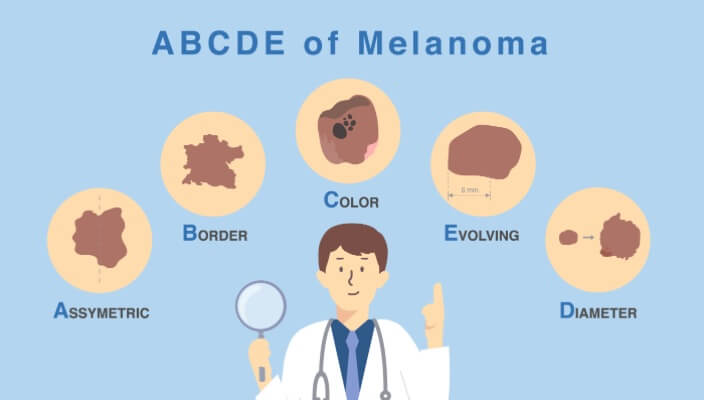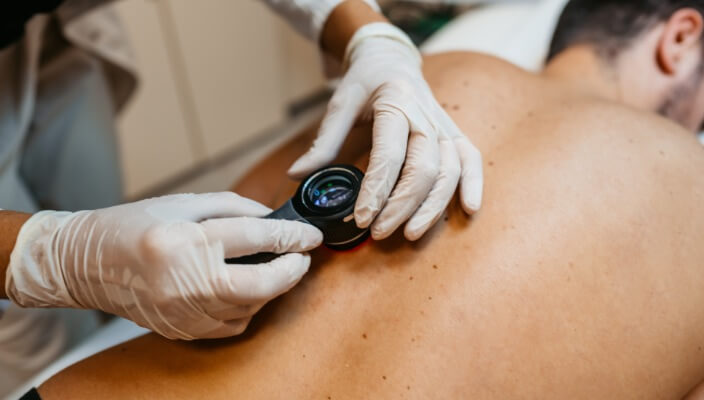Sunscreen & SPF: Is Bigger Always Better?
Is Bigger Always Better?
 When it comes to sunscreen, does a bigger (higher) SPF number mean its better than one with a smaller one? There has historically been some confusion about the SPF number required to achieve adequate protection from the sun. It has not always been clear if SPF 15 is enough or newer SPF 100+ lotions are preferable. The confusion seems to stem from a few factors.
When it comes to sunscreen, does a bigger (higher) SPF number mean its better than one with a smaller one? There has historically been some confusion about the SPF number required to achieve adequate protection from the sun. It has not always been clear if SPF 15 is enough or newer SPF 100+ lotions are preferable. The confusion seems to stem from a few factors.
Doubling SPF Doesn't Double Sun Protection
FDA Sunscreen Ratings
Higher SPF Sunscreen Provides Better Sunburn Protection
A recently published study in the Journal of American Academy of Dermatology (2020; 82: 869-77) reported benefits of using SPF 100+ sunscreen compared to SPF 50+ sunscreen. The higher strength sunscreen provided greater protection from sunburns during five days of consecutive sun exposure designed to simulate real-world vacation behavior. Even though the difference in percentage points of UVB radiation blocked is only 2% (from 97% to 99%), more than half (56%) of patients had more sunburn on the SPF 50+ side after five days compared to only 7% on the SPF 100+ side.
How come such a small difference in the percentage of UVB radiation protection translated into such a large difference in rates of sunburn? A big reason for this unexpected finding is that the way SPF is measured in the laboratory does not match how we usually apply sunscreen at the beach. The FDA recommends applying about a shot glass full (one ounce) of sunscreen to cover an average-sized adult from head to toe. Also, sunscreen should be reapplied every two hours or more frequently if swimming or sweating outside.
From Our QualDerm Family of Brands: Sunscreen Recommendations
Don't Forget Sun Protection Basics
When given the choice, is a bigger SPF better than a smaller one? Yes–but, its also important to remember to do the basics:
- Limit exposure during times when the sun is most intense–usually about 10am – 2pm
- Reapply sunscreen every two hours, or more frequently if swimming or sweating
- Consider adding sun protective clothing like a swim shirt and an umbrella
And, of course, remember to have a great time too!
Visit QualDerm's online store for a wide variety of medical-grade sunscreen options.
Related Blogs

- Skin Cancer
- Skin Exams
With skin cancer cases rising year after year, it’s no surprise that people are itching to learn more about this life-threatening skin disease
Read More
- Skin Cancer
- Skin Exams
In this blog, we’re covering what you need to know about five dangerous skin cancers, including basal cell carcinoma (BCC), squamous cell carcinoma (SCC), malignant melanoma, merkel cell carcinoma, and kaposi sarcoma.
Read More
- Skin Cancer
- General Dermatology
- Skin Exams
Navigating the landscape of Total Body Skin Exams: Uncover the comprehensive process, understand why it matters for skin health, and gain insights into what to expect during these essential dermatological examinations.
Read More


